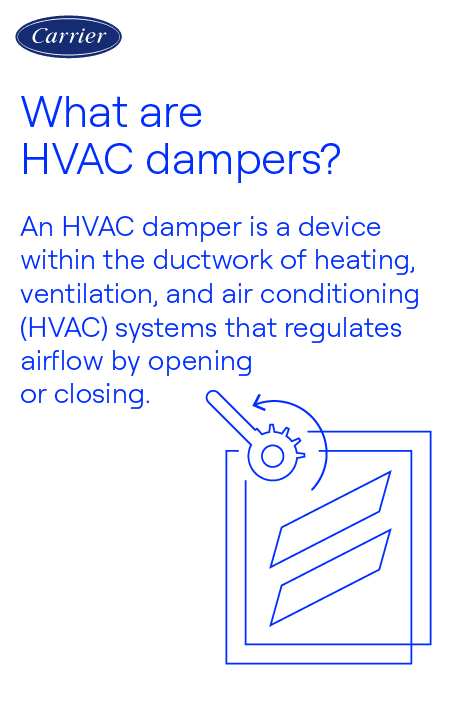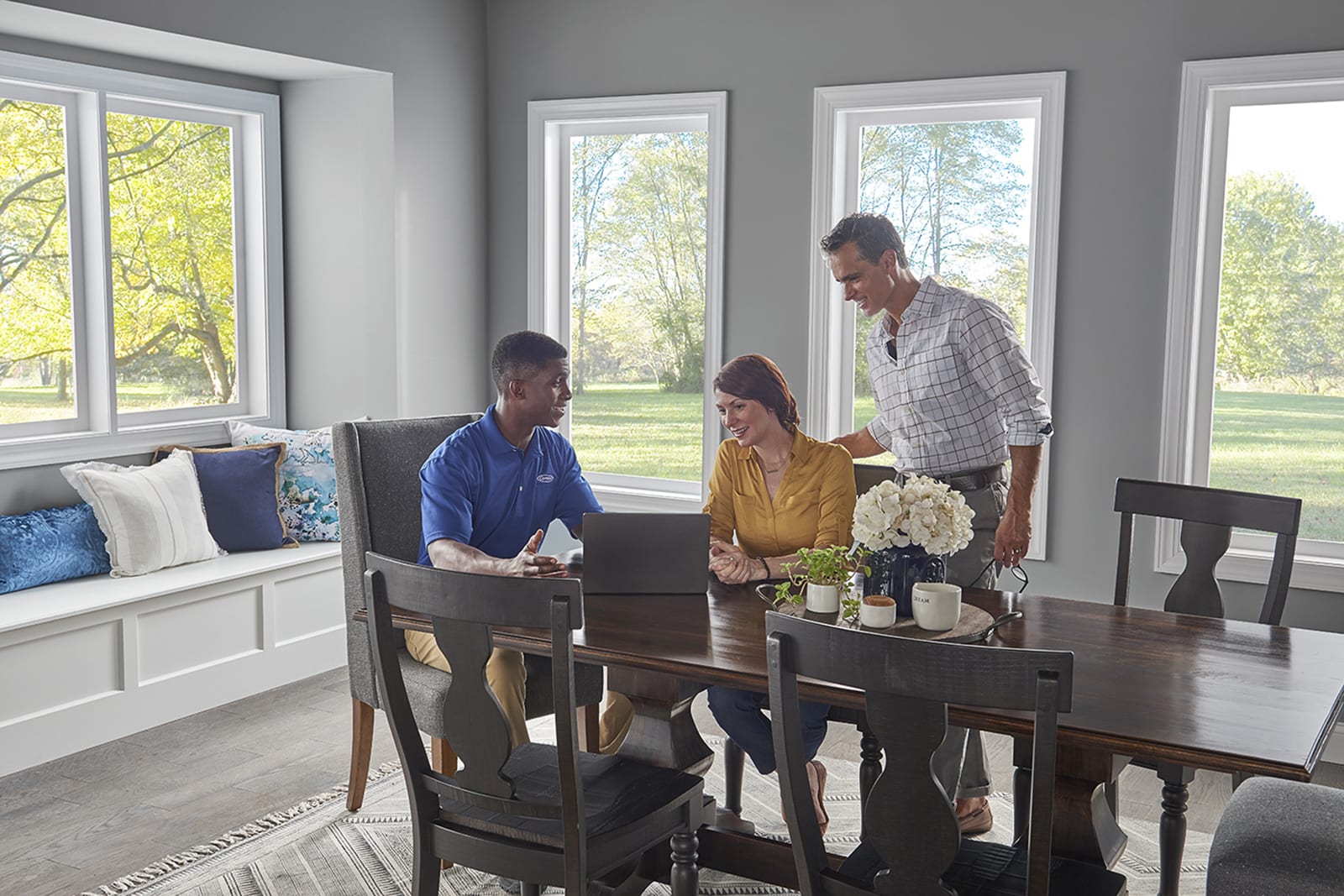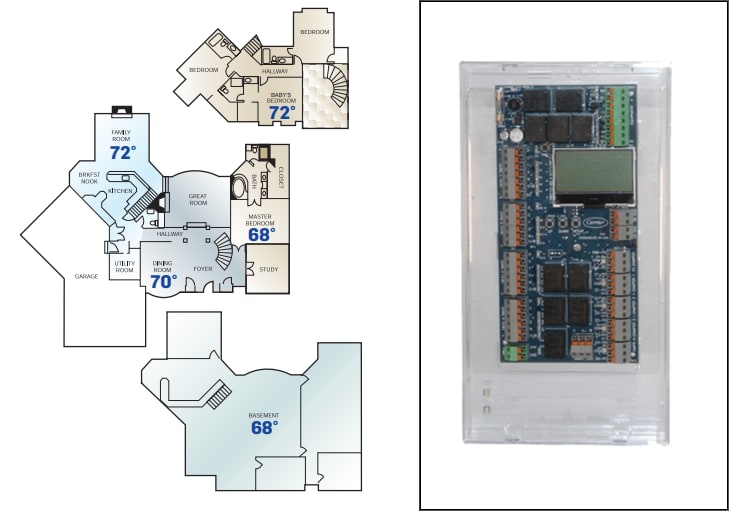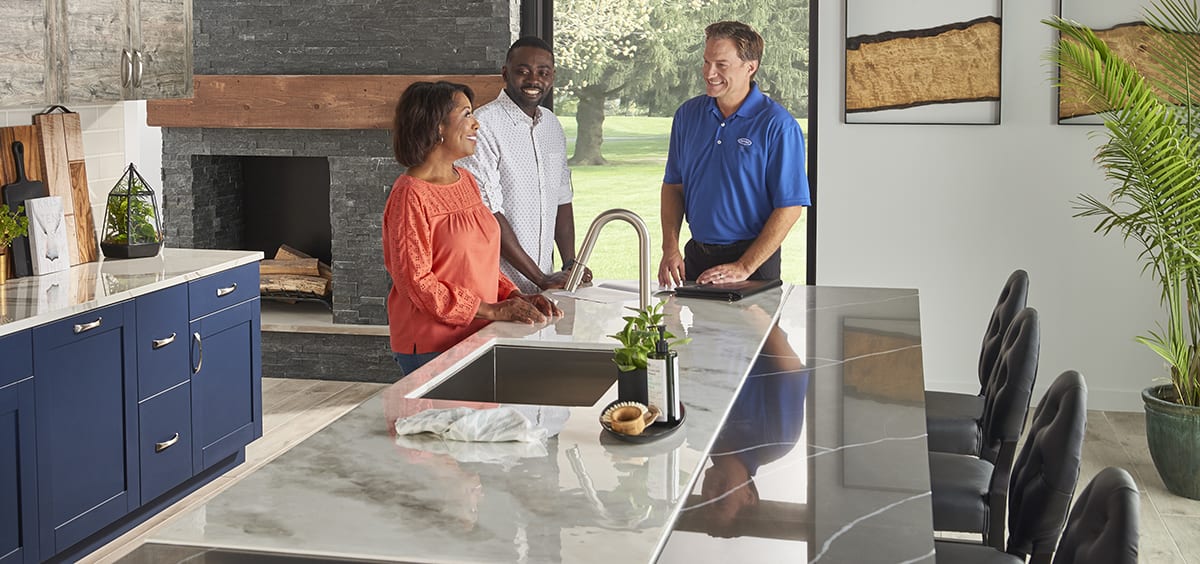Understanding HVAC Dampers: A Comprehensive Guide To AC Dampers
Enhancing the efficiency and performance of your HVAC system starts with understanding HVAC dampers. These crucial components regulate airflow, balance temperature, and control ventilation throughout your home, thereby optimizing your system's overall functionality.
So, what exactly are HVAC dampers? These devices control and direct the flow of air within your HVAC system. By adjusting the position of the dampers, you can effectively manage the amount of air that enters specific areas or rooms in your home.
In this comprehensive guide, we’ll delve into what HVAC dampers are, how HVAC dampers work, where to put AC dampers, and how to adjust AC dampers.
What Are HVAC Dampers?

HVAC dampers are indispensable elements of heating, ventilation, and air conditioning (HVAC) systems. They are engineered to regulate and control the flow of air within ductwork, ensuring optimal airflow throughout a home.
The primary function of HVAC dampers is to direct and adjust the distribution of air to different areas or rooms. By opening or closing the dampers, you can control the amount of air that enters each space, thereby achieving personalized comfort and temperature control.

How Do HVAC Dampers Work?
HVAC dampers are essentially movable plates or valves installed within the ductwork of your HVAC system. There are two common kinds of dampers installed into ductwork: manual balancing dampers and zone system dampers.
Manual balancing dampers are installed during the duct installation process. They are initially adjusted and can be manually adjusted as needed over time. Often, manual balancing dampers can be identified by a small lever visible from the outside of the duct.
Zone system dampers are controlled continuously by a zoning system. Zoning systems allow you to create different zones of comfort within your home, each with its own temperature settings, thermostat, and set of dampers. By adjusting the thermostats of a zoning system, the zone control will adjust the zoning dampers, allowing more conditioned air to areas that need it the most, ensuring personalized comfort. A zoning system makes real time adjustments to dampers in order to adjust airflow in an HVAC system to make sure that ALL areas of your home are comfortable.

Benefits Of Using HVAC Dampers
Improved Comfort
One of the significant advantages of HVAC dampers, sometimes known as ductwork dampers, is their ability to balance airflow, ensuring consistent temperature distribution in every room. Strategically placed dampers within the ductwork can balance the airflow between different areas of a home, where airflow imbalances can arise due to variations in temperature, duct length, or room usage.
Reducing airflow to certain areas of a home that require less airflow, (smaller rooms, closets, etc.) by partially closing a damper will allow additional airflow to be redistributed to other areas of the home. Once a damper is fully open, more airflow cannot be established through that duct without either increasing the entire system airflow at the system blower, or by partially closing other dampers in the system.
Energy Efficiency
Another critical aspect of HVAC dampers is their role in enhancing energy efficiency. By controlling the airflow, dampers help prevent wasted energy by directing air only to the areas that require heating or cooling. This targeted approach reduces energy consumption, leading to cost savings and a more sustainable operation of the HVAC system.
Enhanced HVAC System Performance and Longevity
Dampers optimize the airflow and pressure in the HVAC system, reducing strain on the unit. By balancing airflow across the entire system, dampers help maintain efficient heating and cooling, preventing the system from overworking or becoming inefficient. This results in lower energy consumption, reduced wear and tear on the components, and extended lifespan of the system. Dampers also help prevent the accumulation of debris in the ducts, ensuring that the HVAC system continues to perform at peak efficiency for longer.
Where Do You Put Dampers in HVAC Systems?
HVAC dampers are strategically placed within the ductwork to regulate airflow and ensure balanced temperature control throughout the home. Common locations for damper installations include:
- Main Supply Ducts – Dampers are often installed in the main supply ducts to control airflow to different zones of the house.
- Branch Ducts – Dampers can also be positioned in branch ducts that lead to individual rooms, allowing for zone control of temperature and airflow.
- Return Ducts – Dampers in return ducts help manage airflow back into the system, ensuring even pressure distribution.
Considerations for Proper Damper Placement
Proper damper placement is essential for achieving balanced airflow. Dampers should be installed where they can effectively control airflow to larger areas and more frequently used spaces.
Impact of Ductwork Design
The design of the ductwork significantly impacts damper positioning. Systems with multiple branches or long duct runs require dampers in specific locations to maintain optimal air pressure and airflow. Inadequate placement can lead to uneven temperatures and reduced system efficiency.
Connect With Your Local Carrier Dealer On HVAC Dampers
Consult with a trusted HVAC professional to ensure that your dampers are installed in the right locations to maximize their performance and enhance your overall HVAC system efficiency.


